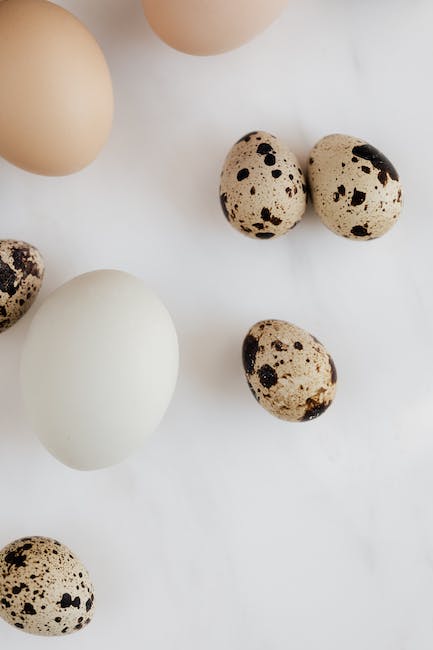
keto diet plan for beginners

Are you looking for a way to lose weight and increase your energy? The keto diet might be the perfect solution. The ketogenic diet is a low-carbohydrate, high-fat diet designed to maximize weight loss and improve energy levels. It has become increasingly popular in recent years, and many people have seen dramatic health transformations.
If you’re new to the keto diet, it can be hard to get started. Here’s our complete beginner’s guide to starting a keto diet, including tips on what to eat, how to measure your macros, and coaching to help you through the process.
What is the Keto Diet?
The keto diet is a “high-fat, low-carbohydrate” diet. It involves drastically lowering your carbohydrate intake and increasing your dietary fat intake. The goal of the keto diet is to force your body into a state of ketosis, meaning your body is burning ketones (fat molecules) instead of glucose (sugar molecules) for energy. This is achieved by restricting your sugar, carbohydrate, and alcohol intake so that your body is forced to break down fat stores for energy.
What Foods Should I Eat on the Keto Diet?
The keto diet focuses on high-fat, low-carb foods. This means you’ll be eating foods like eggs, meats, full-fat dairy products, nuts, seeds, and healthy oils and fats. You’ll also be avoiding sugar, starches, alcohol, and processed foods. You should strive to get 70-80% of your calories from fats, 10-20% from proteins, and 5-10% from carbohydrates.
- Meats: beef, pork, lamb, chicken, turkey, etc.
- Seafood: salmon, trout, crab, shrimp, etc.
- Eggs: whole eggs and egg whites
- Cheese: cheddar, mozzarella, Parmesan, etc.
- Nuts and seeds: almonds, walnuts, sunflower seeds, etc.
- Healthy fats: olive oil, coconut oil, avocado oil, etc.
What About Carbs?
Carbohydrates should make up only 5-10% of your keto diet. You can still enjoy carbs on the keto diet, but you should limit them to foods like leafy greens, low-sugar fruits, and root vegetables. You should also avoid processed carbohydrates and sweets, as they can cause spikes in blood sugar.
How Do I Measure My Macros?
When it comes to tracking your macros, there are a few different methods. The easiest is to use an online calculator, like the one found here. You’ll just need to input a few basic details about yourself, and the calculator will provide you with an approximate macro breakdown for your diet.
If you’re not comfortable using an online calculator, you can always track your macros manually. This involves counting the calories and macronutrients of each food you eat, and keeping track of the totals throughout the day. This is a more time-consuming process, but it can be useful if you’re trying to stay in a calorie deficit.
Getting Started with Keto: Tips and Coaching
Starting a new diet can be intimidating, especially if you’re a beginner. Here are some tips to help you get started with the keto diet:
- Start slow. Make small modifications to your diet over time, instead of trying to make drastic changes all at once.
- Focus on nourishment. Don’t beat yourself up if you slip up or break the rules – focus on nourishing your body with the right foods.
- Drink lots of water. Staying hydrated is an important part of any diet.
- Stay consistent. Don’t give up if you don’t see results right away – stay consistent and eventually you’ll start to see results.
- Find a coach. A keto coach can help you get started with the diet, answer questions, and provide motivation.
Conclusion
The keto diet is a great way to lose weight and increase your energy levels. While it can be intimidating for beginners, with the right tools and education, it’s possible to get the hang of it quickly. Following the tips outlined in this guide, and finding a supportive keto coach, can help you get started on the right foot.
